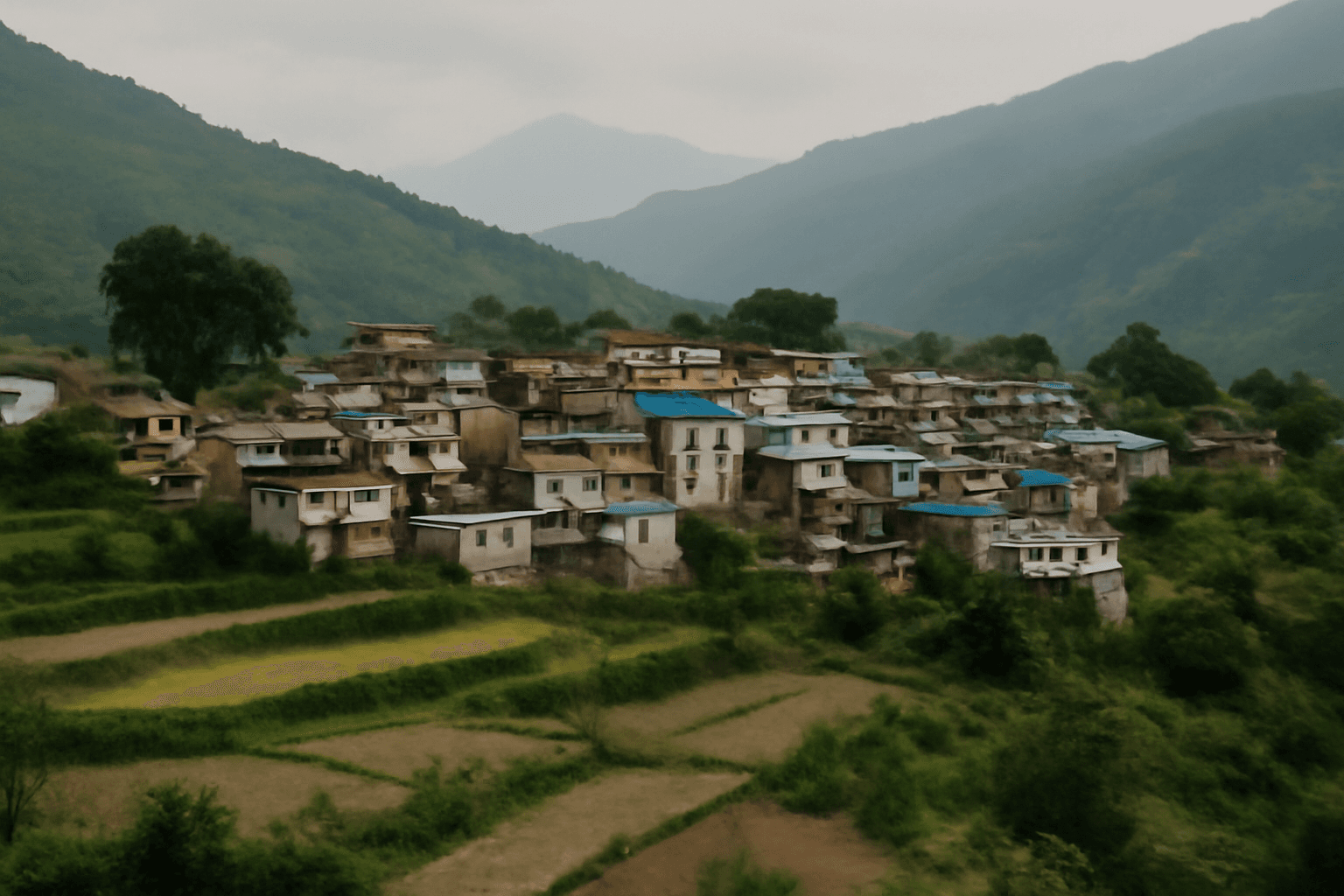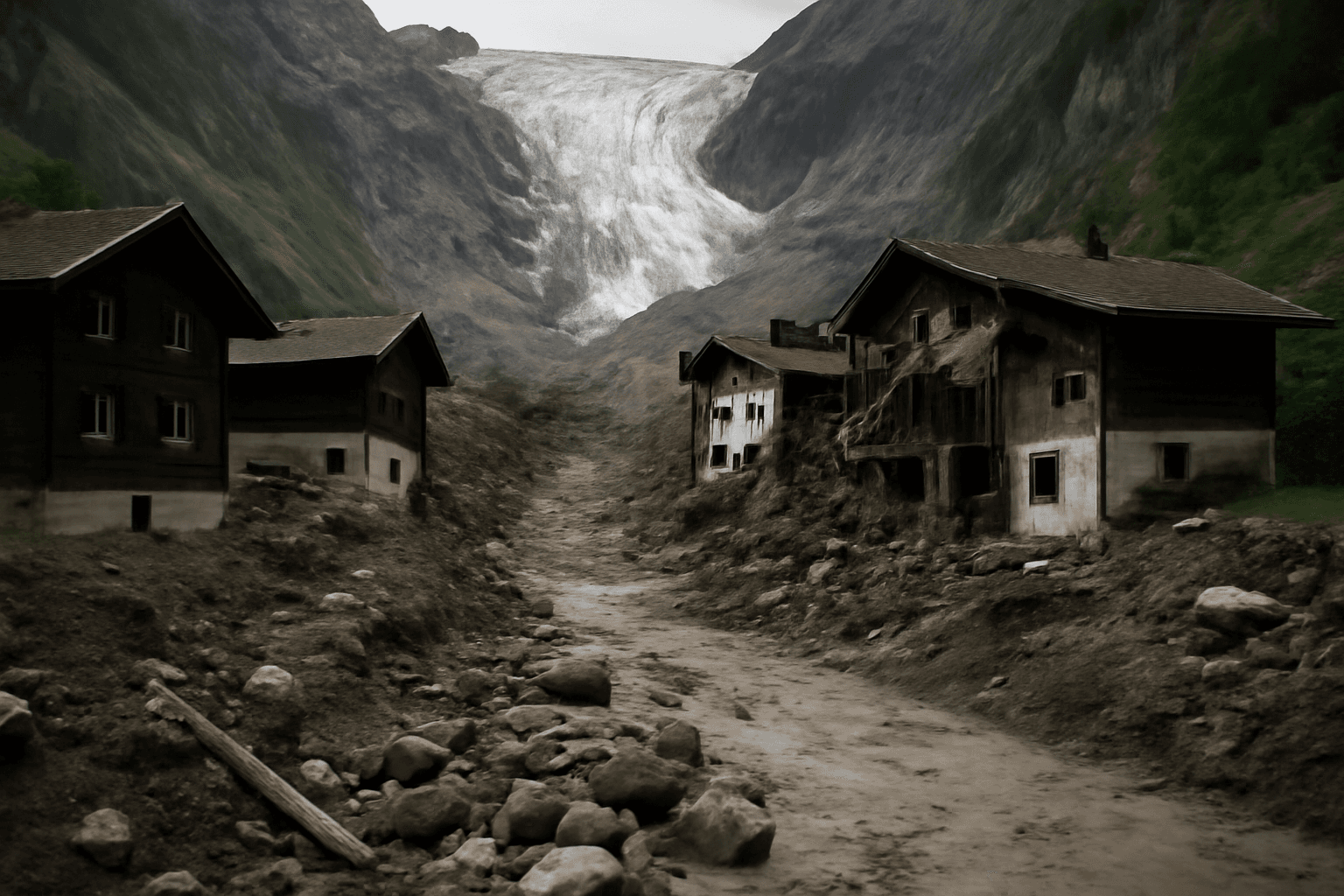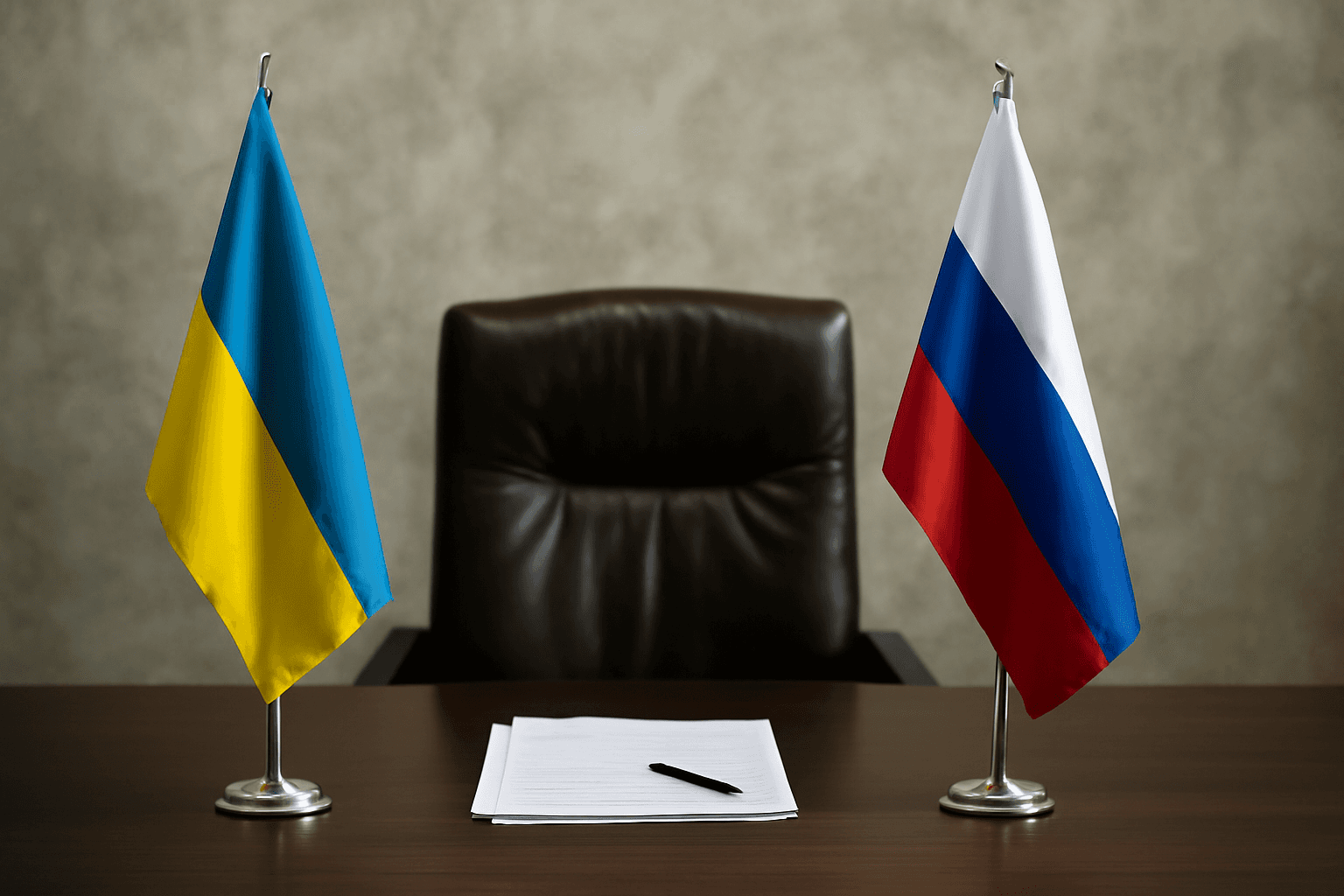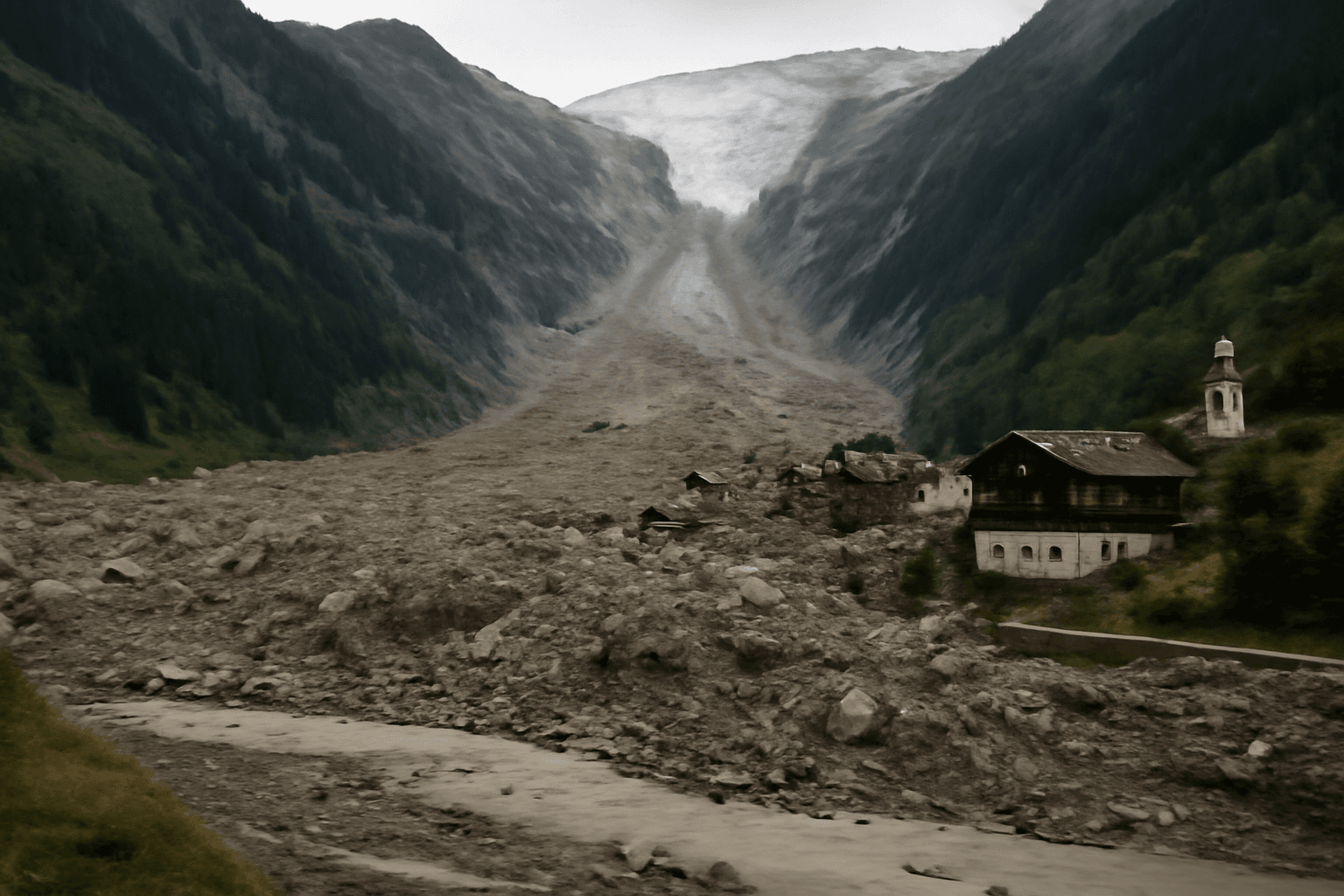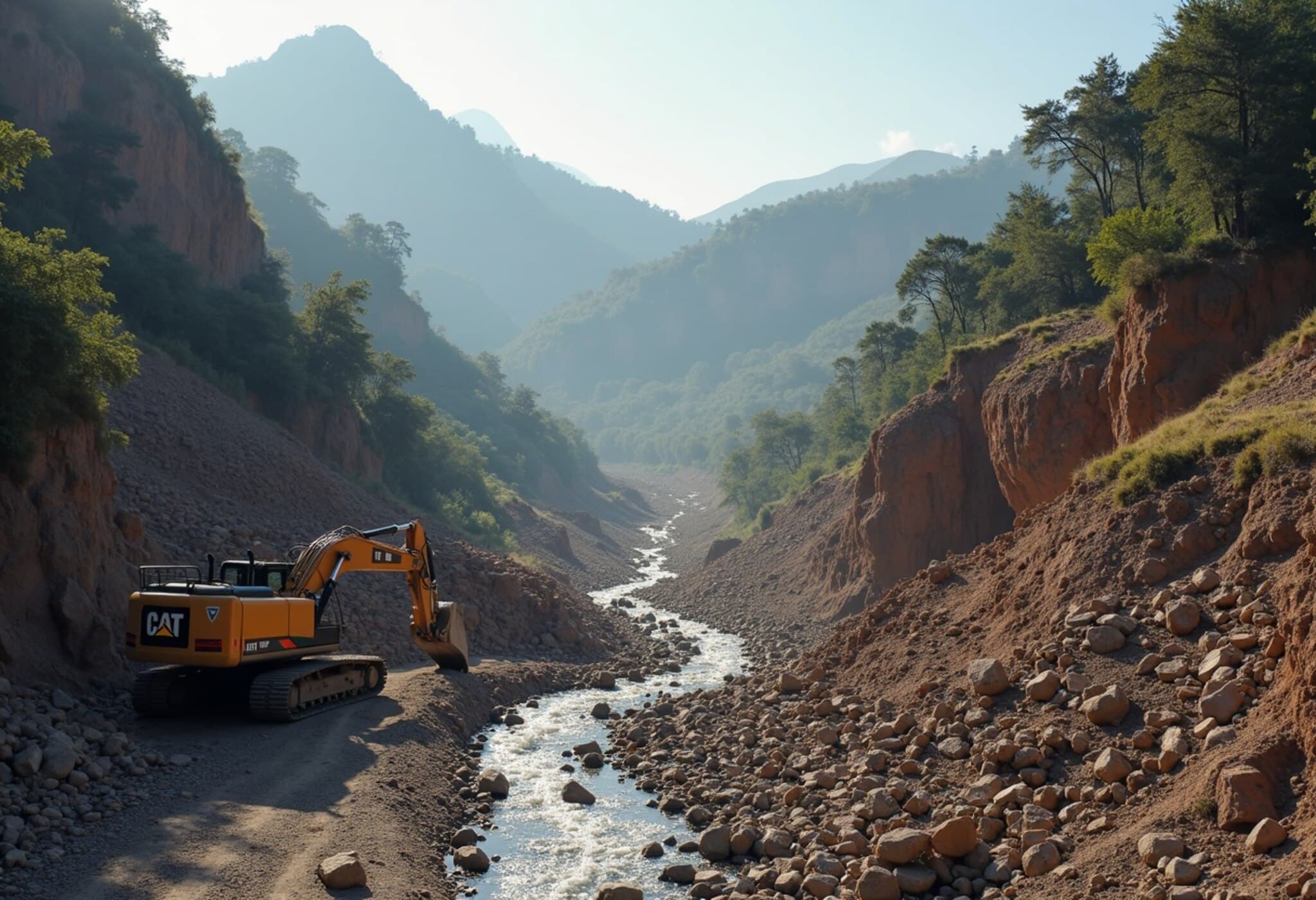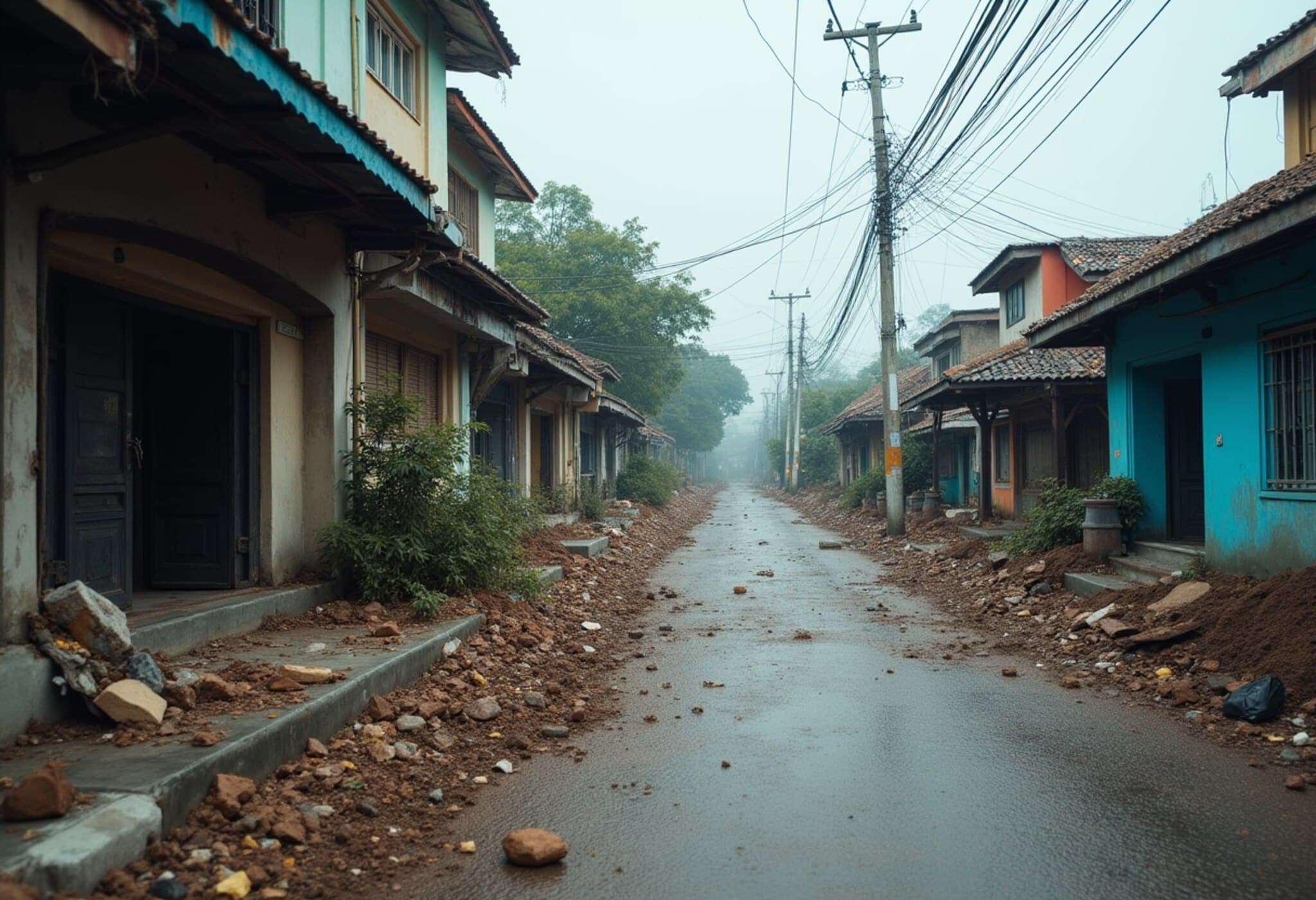Significant 6.2 Magnitude Earthquake Jolts Alaska Peninsula
On Monday, July 21, 2025, a strong earthquake registering a magnitude of 6.2 was recorded in the Alaska Peninsula region, according to the National Center for Seismology (NCS). The tremor struck at a depth of approximately 48 kilometers, a relatively shallow depth that typically raises concerns about potential aftershocks and the intensity of shaking experienced on the surface.
Details and Immediate Impact
The NCS shared real-time data on its official X (formerly Twitter) account, confirming the earthquake's coordinates at latitude 54.99° N and longitude 159.98° W. Despite the earthquake's considerable strength, initial reports from local authorities and emergency services indicate that there has been no significant damage or casualties.
Context: A Region Prone to Seismic Activity
This recent earthquake follows closely on the heels of another intense seismic event in the same area. Just four days prior, on July 17, a 7.3 magnitude quake rattled the Alaska Peninsula at an even shallower depth of 36 km. The NCS highlighted the potential for aftershocks in the region given these relatively shallow depths.
Alaska's seismicity is largely driven by the Alaska-Aleutian subduction zone, which is recognized as one of the world’s most active earthquake regions. Over the past century, this subduction system has produced more magnitude 8+ earthquakes than almost anywhere else globally. Such tectonic activity not only causes earthquakes but also triggers landslides and tsunamis, posing persistent risks to coastal communities.
Geological Significance and Risks
- Shallow earthquakes, such as these, transmit seismic waves that reach the surface more directly, often resulting in more intense shaking and potentially greater damage than deeper quakes.
- The Alaska Peninsula is home to over 130 volcanoes and volcanic fields, representing over three-quarters of all active volcanoes in the United States over the last 200 years, adding a further layer of complexity and hazard to the region.
- The high frequency of seismic events demands vigilant monitoring and robust emergency preparedness plans to mitigate risk, especially for indigenous and remote communities.
Expert Analysis: Why This Matters Beyond Alaska
From a broader perspective, Alaska's seismic events hold vital lessons for the American public and policymakers. The dynamic geological activity influences not just regional safety but also has nationwide implications for disaster management and infrastructure resilience. Understanding the behavior of earthquakes in tectonically active zones informs building codes, emergency protocols, and insurance frameworks across the United States.
Moreover, these events underline the importance of investing in early warning systems and community education, particularly in vulnerable regions prone to natural disasters. As climate change potentially exacerbates certain geological hazards indirectly, continuous research and public awareness become indispensable tools in bolstering national resilience.
What Lies Ahead?
The NCS and related agencies are closely monitoring the situation for any aftershocks following the recent quakes. While no immediate damage has been reported, residents and local authorities remain on alert given the region’s seismic volatility.
As always, preparedness and rapid response are crucial. Communities near the Alaska Peninsula are advised to stay informed through official channels and review safety protocols regularly.
Editor's Note
The Alaska Peninsula continues to remind us of the raw power of Earth's tectonic processes and the imperative to respect and prepare for natural hazards. While recent earthquakes have spared the region from damage so far, they reinforce the broader challenges faced by seismically active regions worldwide. What measures can the US take to enhance earthquake readiness not only in Alaska but across vulnerable states? And how might advancing technology change our approach to earthquake prediction and public safety? These are vital questions for policymakers, scientists, and citizens alike.



